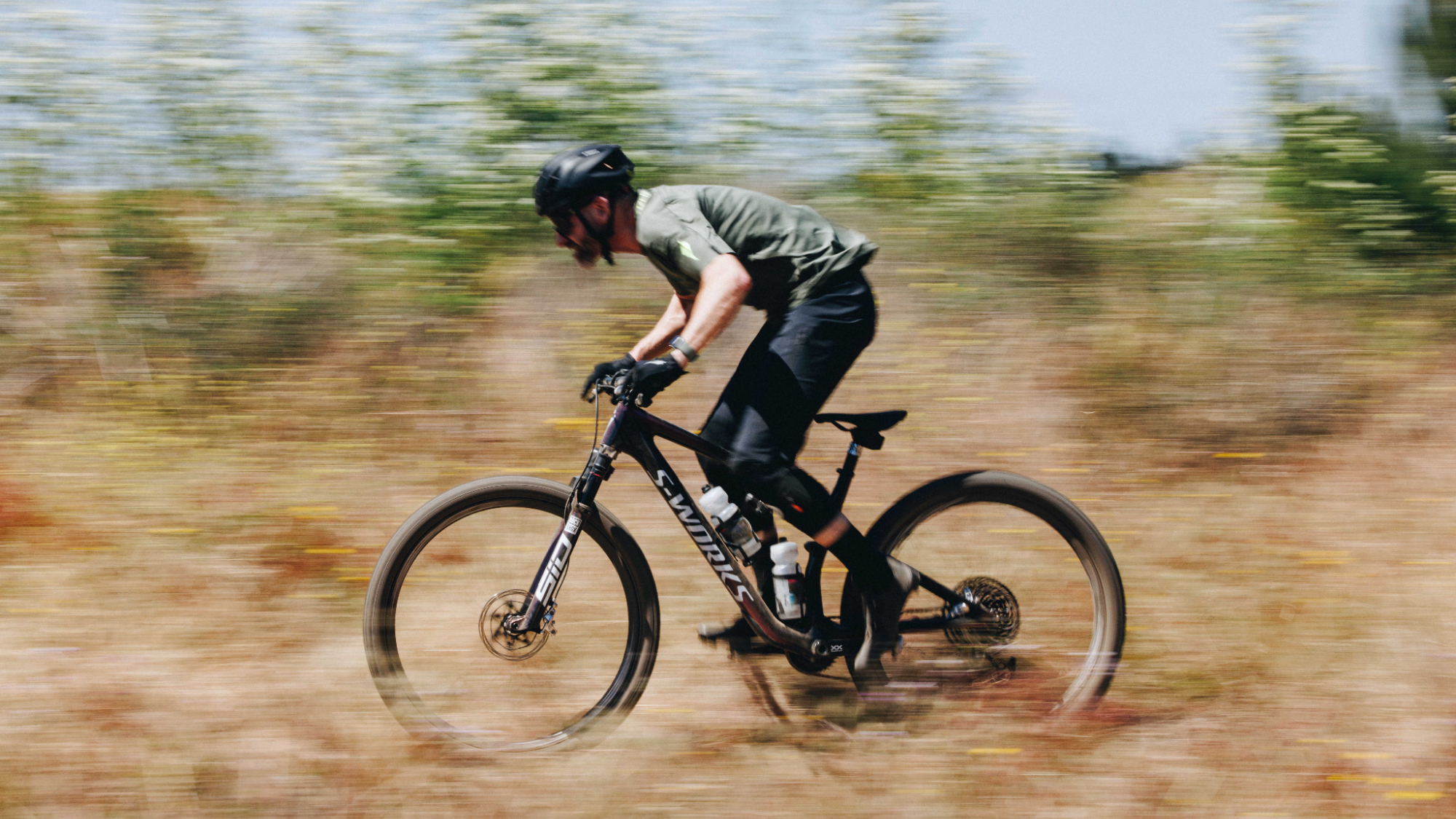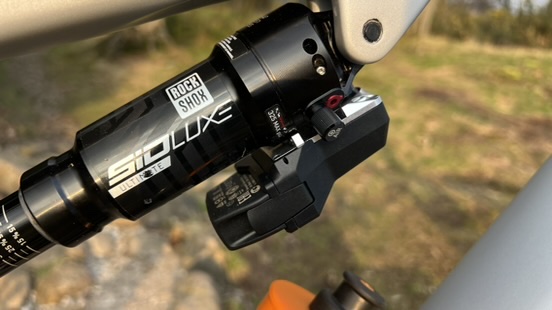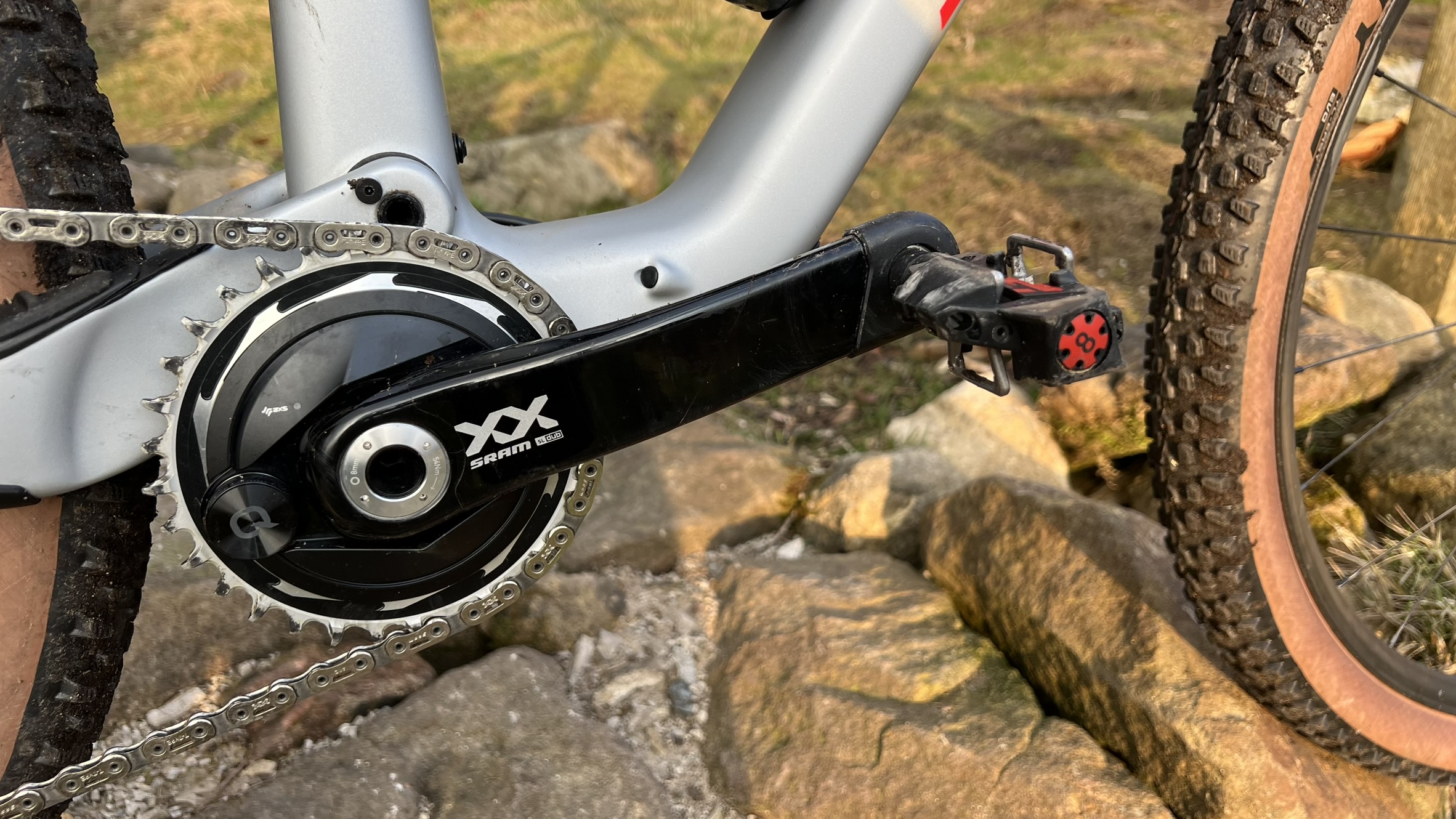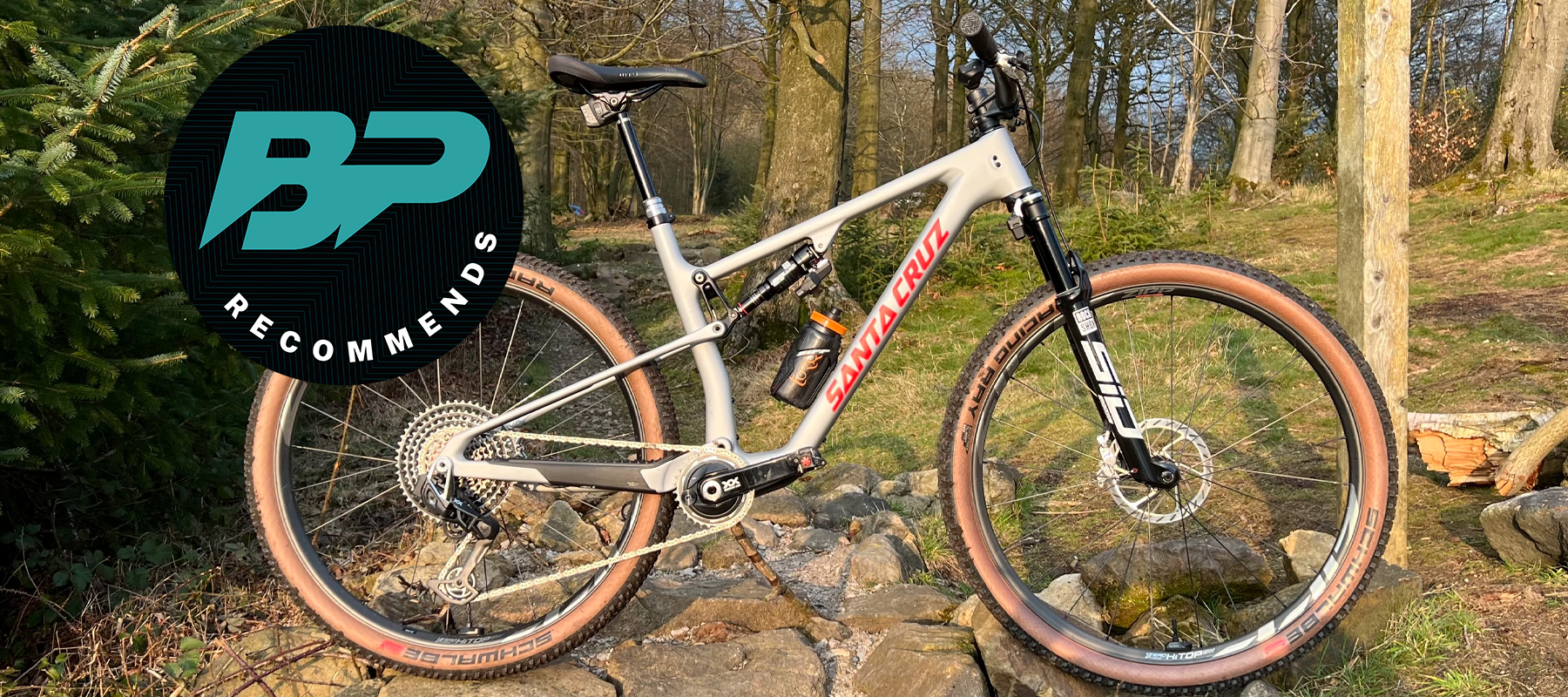Bike Perfect Verdict
It’s expensive, noisy and adds at least another two AXS batteries to your bike. But if you want automatically reactive, impressively natural efficiency and control boosting suspension that’ll let you concentrate on riding faster than ever, Flight Attendant is an unmatched upgrade.
Pros
- +
Frees up your mind to concentrate solely on speed
- +
Seriously impressive, increasingly sentient suspension
- +
Tracks gears, effort and impacts to manage modes
- +
Maximises efficiency and control
- +
AXS wireless makes fitting easy
Cons
- -
At least $1,000/£700 more expensive than standard SID
- -
100g heavier than manual lockout
- -
Adds at least two more AXS batteries
- -
Mode shifting is quite noisy
- -
Can get wrong-footed very occasionally
Why trust BikePerfect
While the RockShox Flight Attendant computer-controlled suspension has been around for a while for trail and enduro riders, this latest XC SID version adds more refined sensor input, more detailed effort reactivity and a constantly learning algorithm in an impressively light package. The result is a phenomenally effective efficiency and control-boosting system that frees up your mind to concentrate on going as fast as possible. But what exactly does Flight Attendant do, how does it do it, and will it work for you?

Design and build
We covered the basic tech of Flight Attendant in our original review (and on bikes such as the YT Jeffsy Uncaged 6) and the sensor suspension ‘brains’ with clip-on batteries are largely unchanged externally. However, the new system is hosted on 120mm travel SID Ultimate, 100/110mm SID SL XC forks and the SIDLuxe XC rear shock. Not the longer travel forks and DH dampers of the initial release.
While RockShox is being cagey on details, it pulls more detailed data from more sources than before too, including at least shifters and/or rear mech, the sensors on fork and shock and Quarq XX power meters. This adds 100g to both fork and shock, and the power meter is 60g heavier than the standard crank, plus choosing the hefty Reverb AXS dropper post lets you shift the 'Overdrive' mode option to the left-hand Pod shifter. That is offset by the fact you lose around 100g of manual TwistLoc remote compared to a conventional ‘fly by wire’ setup. It’s also far cleaner looking on the bike than a nest of cables and you can run any grips you want rather than having to use a half grip on the left bar. The fork and shock sensors use a standard AXS battery and the sensors are IPX7 waterproof rated. Pairing all the elements via the SRAM AXS TestFlight device app is pretty easy. You can use this to customize modes, trigger points and effort zone boundaries, as well as checking all your other SRAM-related ride data.

Performance
The sensors combine to feed the central Flight Attendant ‘brain’ on the fork top a broad span of information every 0.0015 seconds. This includes incoming impacts, your pedal power/freewheeling status, plus pitch and yaw angles of the bike. By tracking shift patterns it can also begin to predict what might happen next (bigger gears for descending, smaller for climbing) and prime the suspension accordingly.
This information is then used to toggle the suspension between open, pedal and lock modes according to an algorithm partly designed by an ex-guitar effects pedal guru. The new Flight Attendant has amped up the Advanced Ride Dynamics learning aspect, which refines its responses as it learns more about your physical performance parameters and the way you ride. The result is an automatic mode switching system that feels increasingly more natural every time I ride it. While I generally find the default mid-setting to be spot on, you can also adjust ‘bias’. This offers two steps in positive (firmer breakaway damping, faster return to pedal or locked from open) or negative (less breakaway damping, stays in open for longer) accessed via the app, the left-hand Pod controller or small buttons on top of the fork. This is great for adjusting the suspension for a more efficient response on faster, drier terrain or plusher for wet, rooty, minimal traction situations.
The right-hand fork-top display not only tells you which modes your suspension is currently in, but also shows your current effort state via a four-color traffic light system. Like everything else, these effort zones are calibrated and updated to your personal stats as soon as you’ve turned the cranks enough to divert from the default setup.

Race-proven
As an indicator for how Flight Attendant works in a race, when Nino Schurter won the 2023 Lenzerhiede XCO World Cup on a development version of the system it changed modes over 1,300 times in 90 minutes. That compares to a maximum of 300 times when they tracked him using a manual system and other testing RockShox has done equates that to a 1.8 percent increase in speed. Which doesn’t sound much until you realize that’s about 90 seconds in the average XCO race. Perhaps then it's no surprise that the system subsequently won several more World Cup races last season.
While having your suspension admin sorted automatically is remarkably liberating even on a recreational pace ride, it’s in the absolute flat out, mind-melting crucible of racing that Flight Attendant really comes into its own. That state when you’re not sure if you’re going to vomit or cry, let alone what gear to choose or which suspension mode to use. And that’s exactly when you’ll leave the lockout on for a descent, found you’ve squidged up a smooth climb in fully open, or otherwise made a mess of managing your connection to the course. Such things no longer happen with Flight Attendant, so you can carry on trying to control your hyperventilation or pick out the fastest line from dust, mud and writhing back wheels in front of you.

The downsides
While Flight Attendant does an impressive job of responding seamlessly to inputs, extreme situations like riding into a ditch off a road can catch it out. It's far less than doing the same on a locked-out bike would though, and you can adjust sensitivities and even disable the lock-out mode entirely if you want to eliminate that danger.
The system also adds at least $1,000/£700 for a fork and shock compared to a conventional SID/SIDLuxe pairing. You can add another $1,200 / £1,000 plus if you need the compatible Quarq power meter and you’ll need to have AXS gears and shifters too.
While SRAM’s AXS ecosystem has proved surprisingly reliable over the years, you’re still adding extra charging admin and potential electrical/connection issues. The constant R2-D2 whirring of the servos as they change damper settings could drive some people mad too. I even found I mistook them for shifting noises and then forgot to actually change gears when I needed to, but that’s probably a niche dementia issue no-one else need worry about.
The launch list of pre-tuned bike kits is currently limited to Canyon, Mondraker, Orbea, Pivot, Santa Cruz and Specialized too, though I know of at least another bike launching this month that will be wearing it.

Verdict
If you want to know whether you have to have Flight Attendant to win a race now, then definitely not. People have won since it came out, and I’m sure they’ll continue to do so this season and for years to come. It’s much more expensive and slightly heavier than a manual suspension remote, it’s noisy and it adds a whole new world of charger/battery admin to your bike and ride prep.
If you want to declutter both your mind and your bike while maximizing genuinely personalized efficiency under power and control on descents and technical sections, Flight Attendant is a clear and proven winner. It’s certainly had better success on the circuit than Fox’s Live Valve system and while Suntour’s TACT electric suspension has also won several races, it’s had a number of glitches too and isn’t publicly available yet.
I’m only at the start of my journey into seeing how well Flight Attendant SID can sync with my riding ‘style’, so stay tuned for a long-term performance and reliability report once we’re further into the season.
| Attributes | Notes | Rating |
|---|---|---|
| Small bump sensitivity | Super plush for grip and comfort | ★★★★★ |
| Big hit capability | Outstanding on big stuff for XC gear | ★★★★★ |
| Weight | Heavier than standard SID but not by much | ★★★★ |
| Value for money | Depends how much AXS power kit you already have | ★★★ |

Tech specs: SID SL Ultimate Flight Attendant
- Price: $1,349, £1,339, €1,499
- Travel options: 100 and 110mm
- Weight: 1,480g (claimed)
Tech specs: SID Ultimate Flight Attendant
- Price: $1449, £1429, €1599
- Travel options: 120mm
- Weight: 1,620g (tested with 190mm cut steerer and bung)
Tech specs: SIDLuxe Ultimate Flight Attendant
- Price: $849, £849, €949
- Options: 165, 190, 210mm x 40 to 50mm stroke
- Weight: 366g (tested 190 x 45mm)

Guy Kesteven has been working on Bike Perfect since its launch in 2019. He started writing and testing for bike mags in 1996. Since then he’s written several million words about several thousand test bikes and a ridiculous amount of riding gear. He’s also penned a handful of bike-related books and he reviews MTBs over on YouTube.
Current rides: Cervelo ZFS-5, Specialized Chisel, custom Nicolai enduro tandem, Landescape/Swallow custom gravel tandem
Height: 180cm
Weight: 69kg

